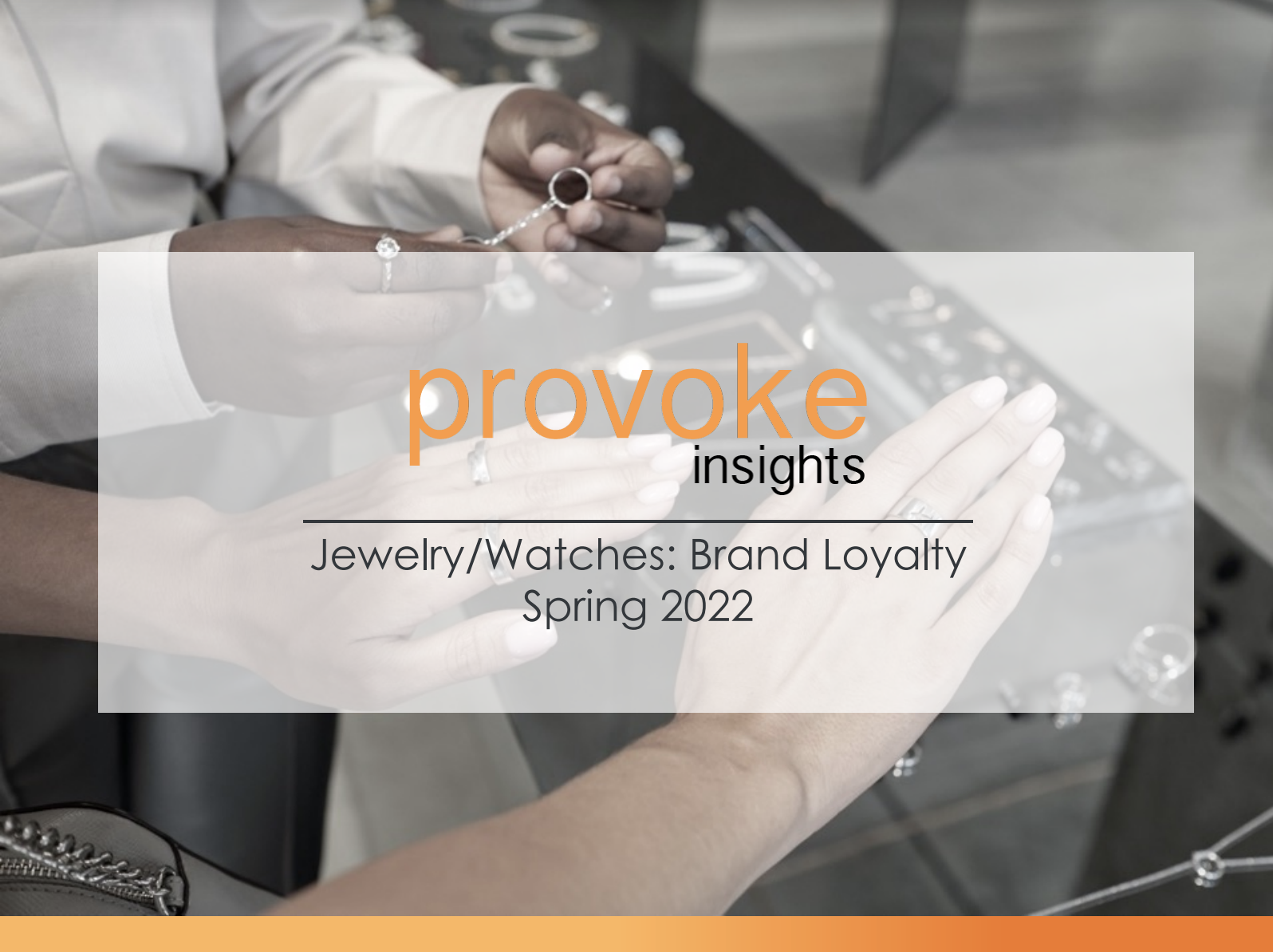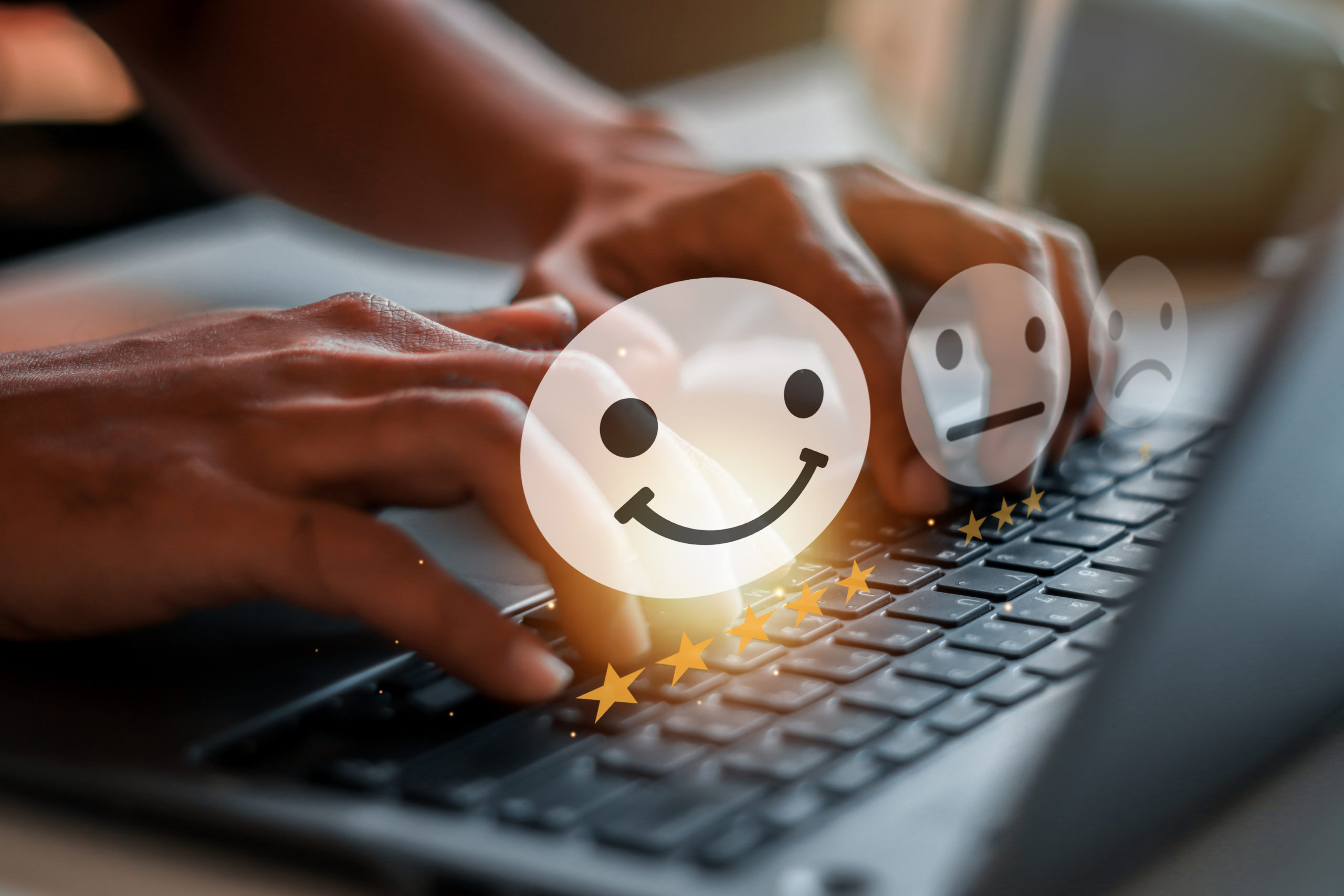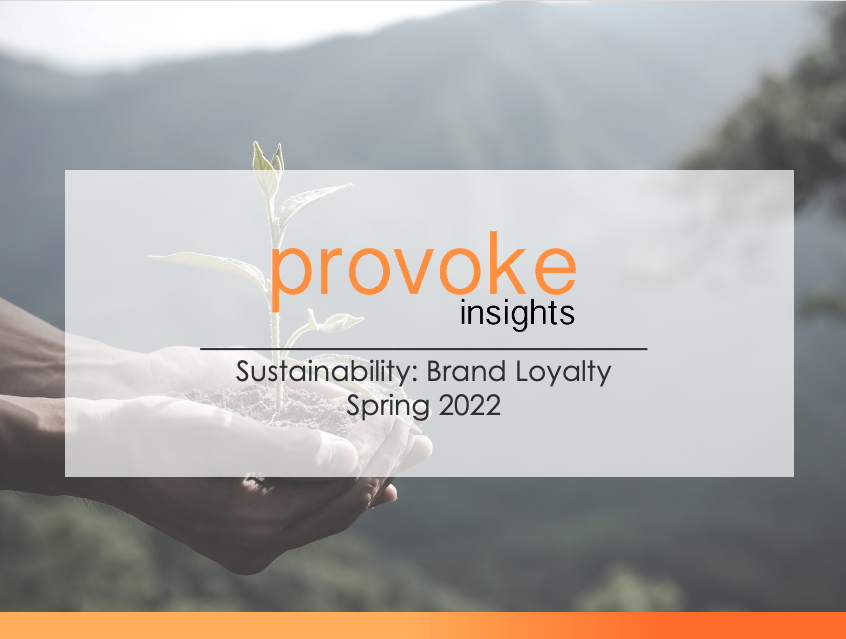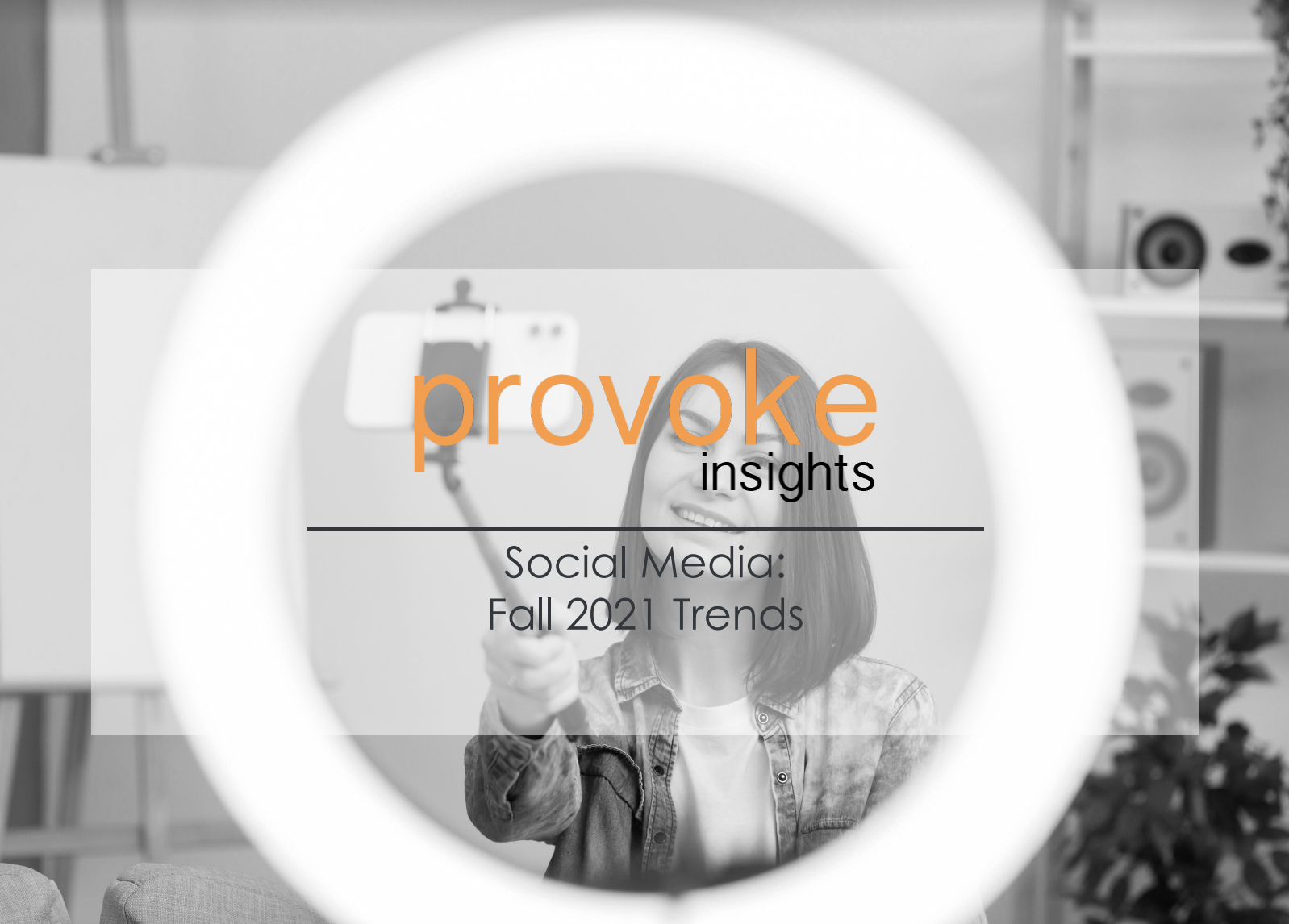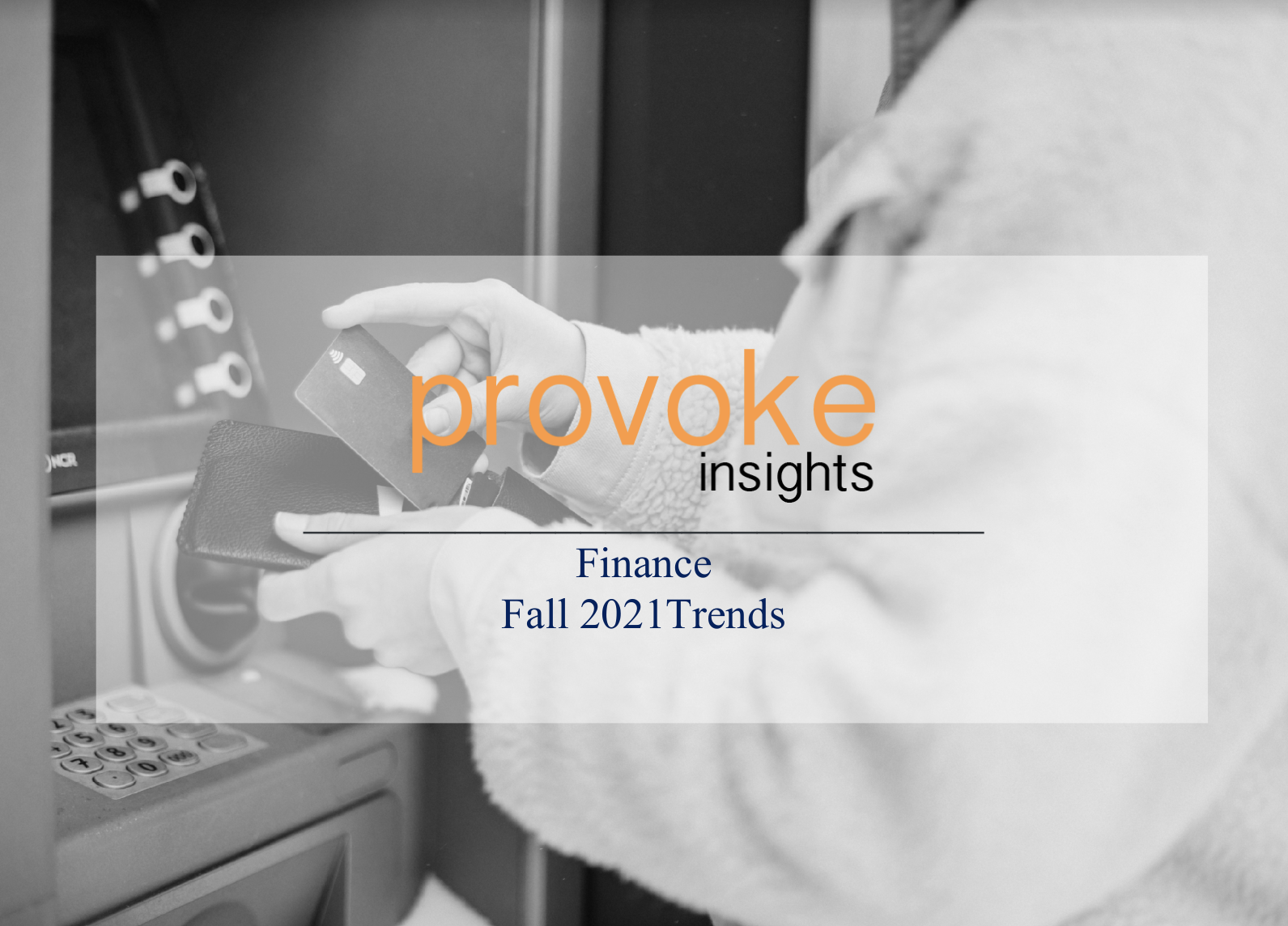Travel suffered immensely during the start of the COVID-19 pandemic is it halted vacations, holidays, and business trips indefinitely. However, as social plans and business trips begin to re-emerge, consumers are (very) slowly beginning to increase their travel again. Who are these travelers? Where are they headed? What are their perceptions of the airlines, cruises, and hotel brands they book? In Provoke Insights’ fourth wave of in-house research, we aimed to gain insights into consumer mindsets, purchasing trends, and brand loyalty in several industries, including travel.
Domestic Travel
So what is the current consumer sentiment over travel? While over one-third (37%) of Americans are still concerned about vacationing due to COVID, Americans are increasing their domestic travel. In fact, in the last 3 months, almost one-fifth (21%) of Americans took a domestic vacation. Looking ahead, more than one-third of Americans (34%) have domestic travel plans in the next three months.
Americans who are planning on domestic travel are significantly more likely to be married. When it comes to values, they will pay more for sustainably sourced items.
While we all know traveling often comes with a hefty price tag, these travelers are also purchasing other high-ticket items like cars and investing in their homes.
International Travel
While domestic is ramping up, International travel is far less popular. Only 4% of Americans vacationed internationally in the last 3 months. However, a larger pool of travelers (7%) are planning to break out their passports in the next few months.
So who are the world travelers? They tend to be affluent families. While they are likely optimistic about the future, they still harbor concerns about the pandemic’s effect on the economy.
Loyalty to Travel Brands
Americans are traveling, and this necessitates purchasing various products such as airplane tickets, cruise trips, and hotel stays. In the last month, 21% of Americans booked a hotel stay, 15% of Americans purchased an airplane ticket, and 2% of Americans bought a cruise trip. The question is: are American consumers of these products loyal to a specific brand?
For airlines and cruise lines, the answer is YES! Consumers are loyal, meaning they tend to stick to one brand when purchasing these products. However, consumers are not very loyal to a specific hotel and are more open to sampling multiple brands. Hotels certainly have their work cut out, to gain travelers’ trust and repeat business!
Download the full report for free here.
Methodology
Provoke Insights conducted a 15-minute survey in the spring of 2022 among 1,500 Americans between the ages of 21 and 65. A random stratified sample methodology was used to ensure a high degree of representation of the U.S. population (household income, age, gender, geography, ethnicity, and children in the household). Statistical differences between subgroups were tested at a 95% confidence level. The margin of error is +/-2.5%.

